
There are five major types of USB cables and ports. There is USB-A, USB-B, USB-C, micro-USB, and mini-USB. The major difference is in their physical appearance, but there can be some differences in functionality as well. It is also important to note that a USB type may differ physically based on which USB version number it is.
If you use different kinds of technology, including mobile devices, computers, and peripherals, you're bound to come across several different types of USB connectors. Knowing what these different types of USB cables are called can make life easier for you, such as when it comes to buying replacements.
So, if you want to know the different types of USB connectors that are out there, this article will make that clear for you. Let's get right into it.
Contents
USB stands for Universal Serial Bus, and as the name gives away, it is an almost universal interface for connecting devices to each other.
A USB connector is what you find on the end of a cable, and they come in many physical forms.
A USB port is what the cable plugs into a device. The connector and the port usually have to be the exact same type to be compatible, so they'll be used interchangeably. Also, when referring to USB cable types, the connector on the end is typically the defining factor.
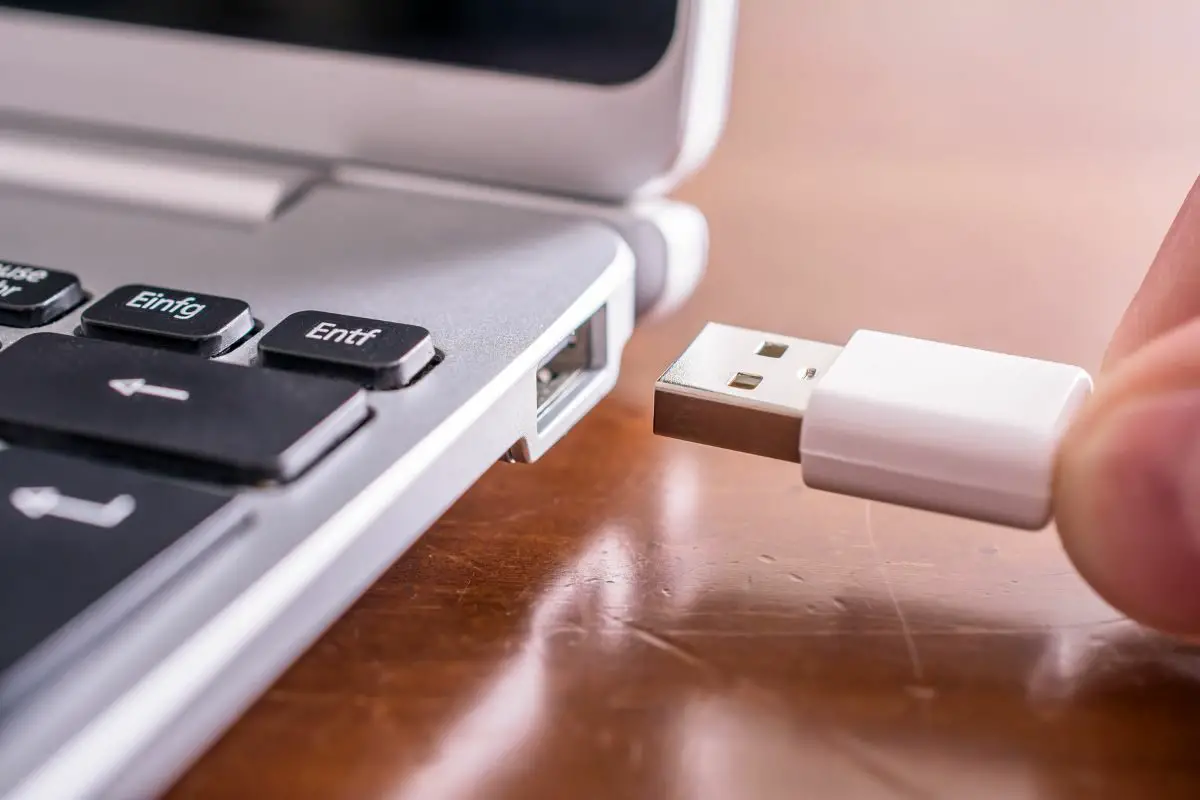
So, the terms connector, port, and cable can mostly be used interchangeably to refer to the different physical specifications of USB.
There are five major types of USB cables that are used in all kinds of devices like laptops, mobile devices, printers, external hard drives, and so on.
If you deal with these kinds of devices a lot in your daily life, it can be very helpful to know what you can about the different types of USB ports that they can come with.
When most people think of "USB", they're thinking of the USB-A connector. USB-A connectors are perfectly rectangular and this can be considered the standard form when it comes to USB cables.
USB-A ports can be found on computers, power outlets, power banks, cars, and so on. USB-A cables can be found on an almost endless list of devices.
USB-A is the most commonly found USB connector, but it is important to know that when it comes to phones and laptops, it is being replaced by USB-C.
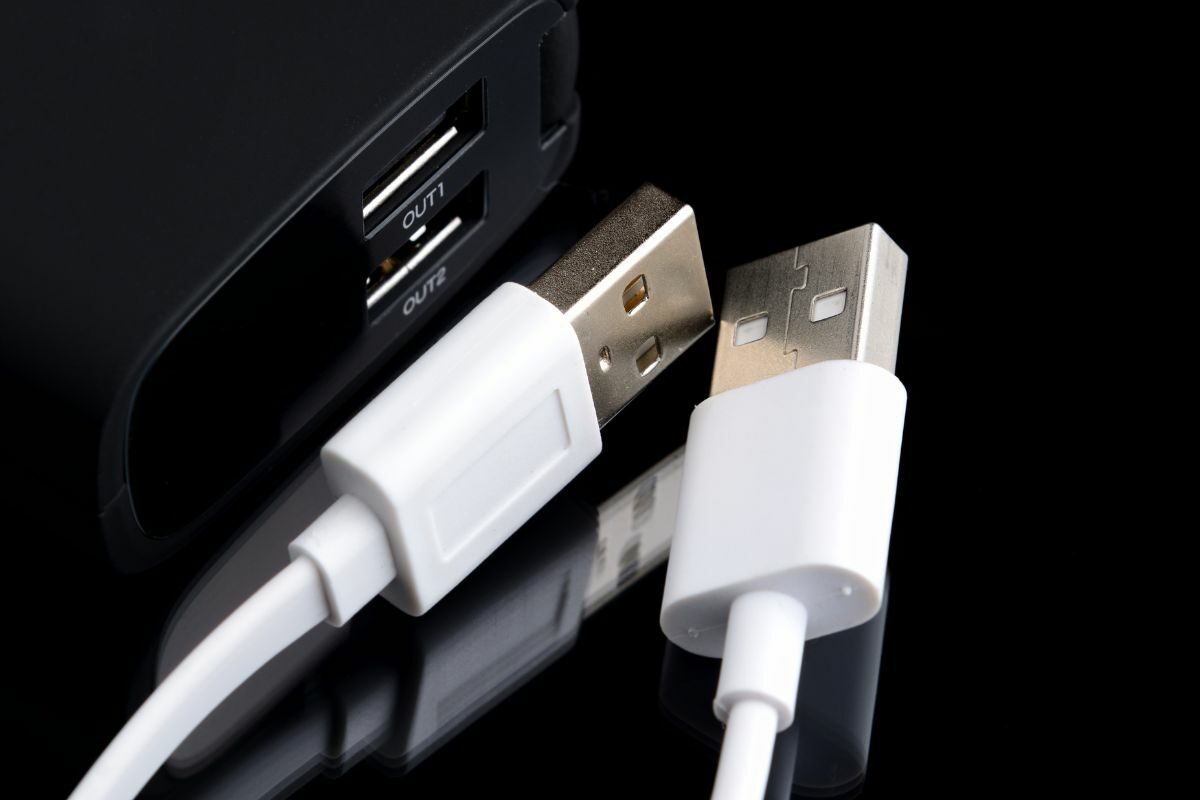
USB-B connectors are often seen on the back of USB peripheral devices like printers and scanners. These look much different from USB-A plugs, instead being square-shaped with each corner at the top being somewhat rounded off.
USB cables with a USB-B connector at one end typically have a regular USB port on the other because these devices are intended to be plugged into a computer.
With USB 3.0, the physical appearance of this USB plug was changed. So, while it is still referred to as USB-B, it looks completely different from what was seen with USB 2.0 and previous generations.
USB B cables under the USB 3.0 standard have a connector similar to the previous format but with a smaller rectangular socket right on top.
Because USB B cables like this have a larger plug, they can't be plugged into older USB B ports. However, you can plug regular Type-B cables into USB 3.0 ports in many cases.
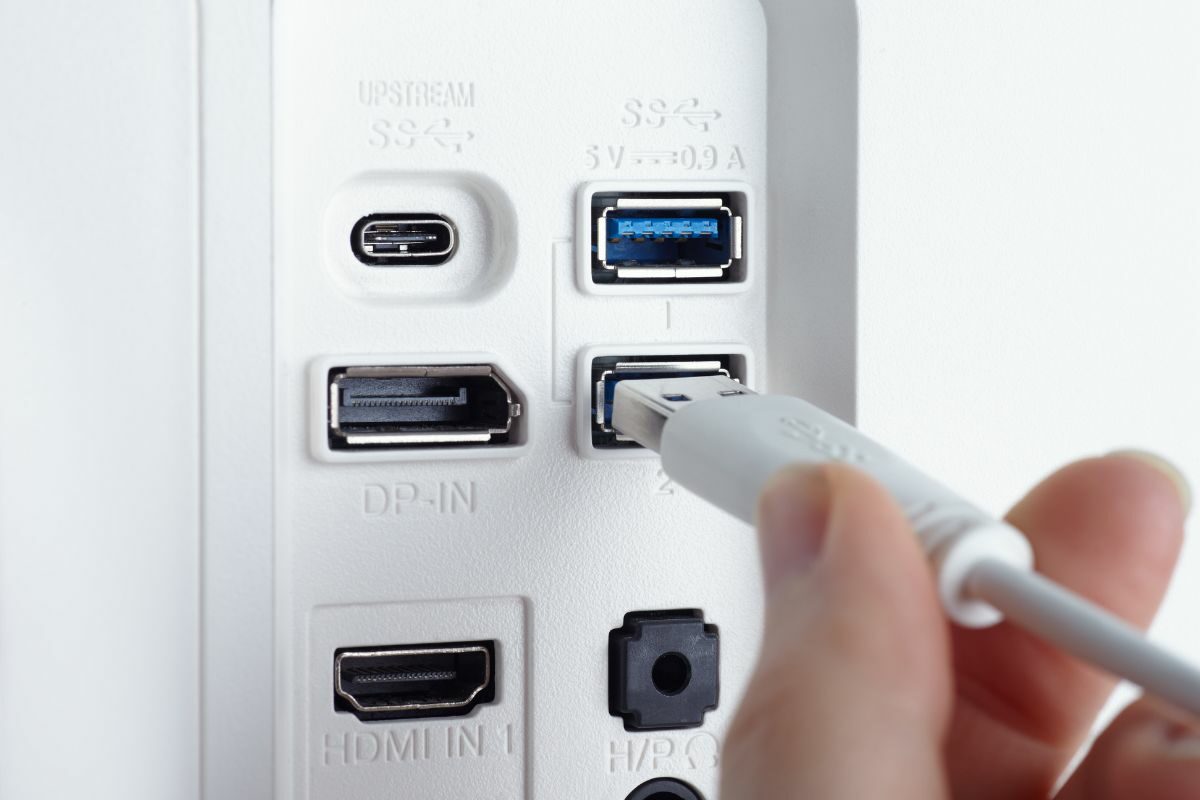
USB-C is the newest USB standard and it is quickly replacing USB-A on many devices. Essentially all new laptops come with at least one USB-C port and most new Android mobile devices you buy today will likely use USB-C for charging.
The USB Type-C connector is smaller than the USB-A connector, which helps with building more slimmer and more portable devices. It is also the only reversible USB plug, which means you don't need to check the orientation before plugging it into any USB-C ports.
Its convenience isn't the only reason USB Type-C is popular. It allows for high-speed data transfer, can transmit as much as 100 watts of power to charge devices, and it can also support video and audio transmission, making it the most versatile type of USB cable.
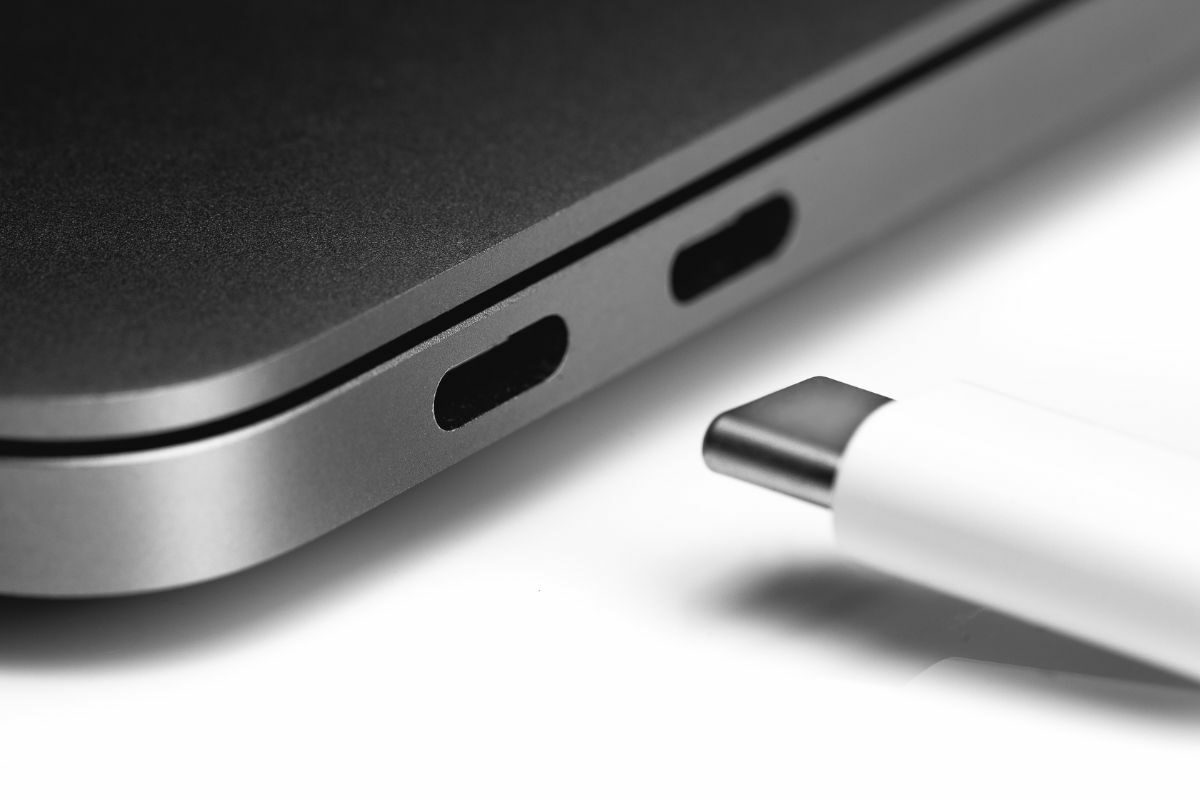
You will very likely recognize the Micro-USB interface because it was the predominant connector type that Android smartphones and other USB devices used before USB-C became as big as it was.
The Micro-USB connector is a thin trapezoidal one that is basically only used for data transfer and charging.
What's extra cool is that it supports USB OTG which means that you can connect a peripheral device like a flash drive, external hard drive, or digital camera, directly to your phone.
While the regular Micro-USB cable is less popular these days, you might still see its USB 3.0 variant around. Similar to USB Type-B, the USB 3.0 version of Micro-USB has a completely different physical form and is about double the width of its predecessor.
The new form allows for more contacts, which allows any USB device using this connector to achieve the USB speed standards of USB 3.0. You will usually find it on peripherals that can benefit from high-speed transfers, like digital cameras, hard drives, and so on.
You may even find some Micro-USB 3.0 plugs that use a screw lock for secure placement.
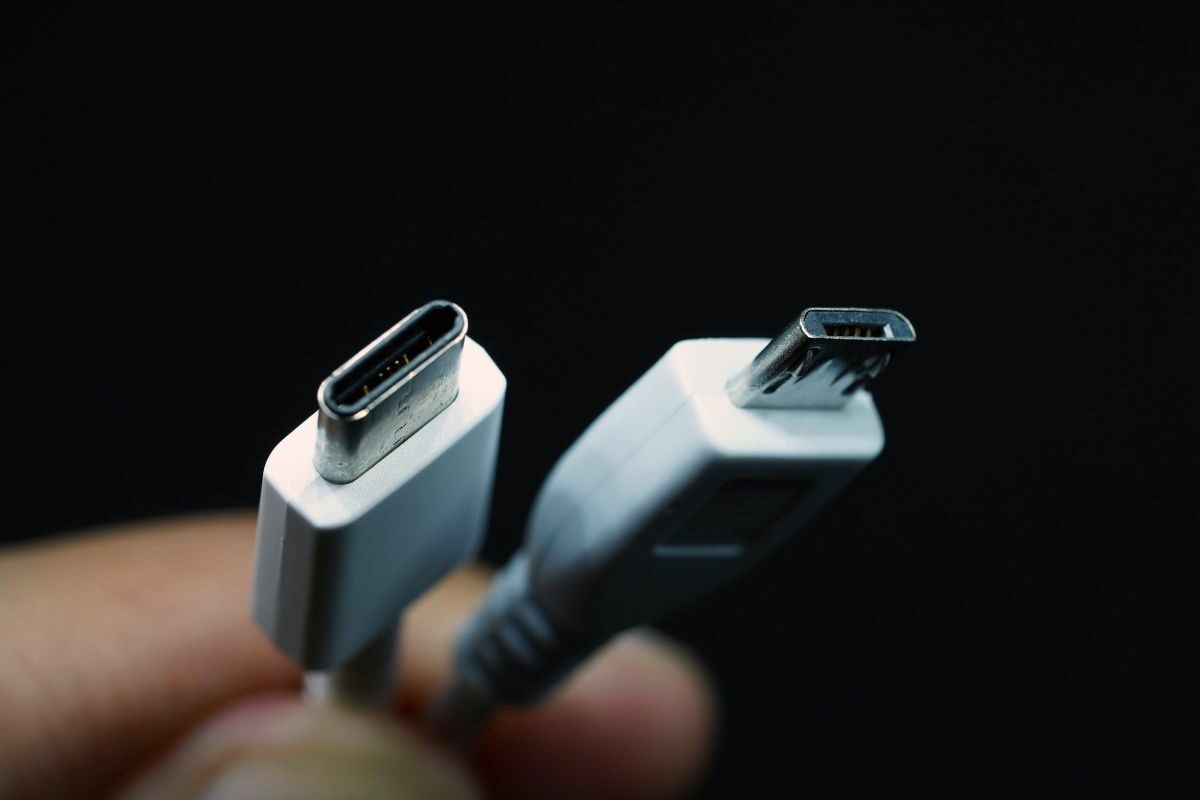
The Mini-USB port and connector were popular before Micro-USB came around. These USB plugs could be found on much older devices of various types, such as mobile phones, portable cameras, hard drives, and so on.
However, once Micro-USB came around, they began to phase out, and with USB-C ports everywhere now, there are basically no new devices that you'll find a Mini-USB port on, beyond some digital cameras.
This USB cable type also allows for USB OTG, which is useful if you want the device itself to serve as a USB host instead of needing to use a computer.
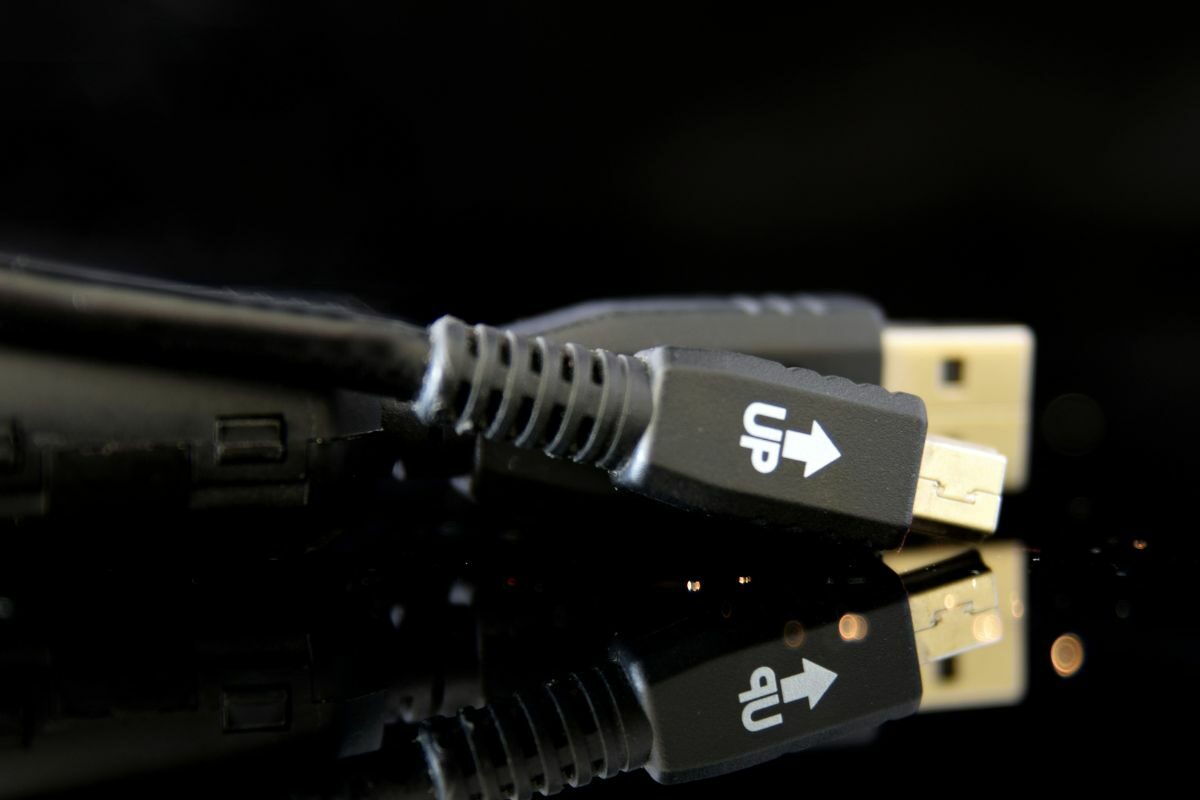
With all this talk of USB 2.0 and USB 3.0, you might be wondering what exactly makes them different from one another. Well, let's talk about that in further detail.
There are five major versions of USB that you should know about. A USB version or standard can be thought of as a set of rules around how the hardware and software side of USB devices should be. New versions bring changes, particularly with increased speed.
The types of USB cables you can buy as replacements will also need to align with the speed of the device you want to use them with, so it is important to keep this in mind.
Let's talk about these different USB versions and their transfer speeds.
There are different types of USB cables and ports based on their physical dimensions and functionality, and there are different types of USB cables based on their transfer speeds.
The major types of USB cables and connectors are USB-A, USB-B, USB-C, Mini-USB, and Micro-USB. In terms of speeds, your USB cable can be either USB 1.0, USB 1.1, USB 2.0, USB 3.0, or USB 3.1.
Was this article able to educate you on the different Universal Serial Bus types that are out there? If so, take a look at our related articles for more helpful information.
